Raising wild bees for honey in Nam Lanh commune, Sop Cop district has existed for a long time, but mainly to serve the needs of families. In recent years, realizing the economic efficiency, people in the commune have expanded the scale, increased the number of colonies, making wild beekeeping a potential direction with high income.

Wild beekeeping is done by hollowing out tree trunks or using boards to make boxes and placing them around the house, garden, and field huts... to attract wild bees to make nests, and when the season comes, they harvest honey. With this method, the number of bee colonies is increasing, currently, the commune has more than 100 households raising wild bees for honey, with a total of over 650 colonies. Raising wild bees naturally, in addition to economic benefits, creates jobs and contributes to protecting the ecological environment, helps pollinate crops, increases productivity and product quality.
In Nam Lanh commune, the peak honey season is April and May, and farmers can harvest honey 1 to 2 times a month. The quality of honey at this time is also considered the best of the year. Each hive produces about 10 kg of both wax and delicious honey, worth more than 1.2 million VND/hive/year. Currently, all households in the commune raise wild bees in this way, with small households raising 2-3 hives, while large households have 50-60 hives; most of which are concentrated in villages with well-developed forest areas and many fruit trees, such as Long Tong village, Cang Keo village, Cang village, Phong village...
Visiting the wild beekeeping model of Mr. Vi Van Lanh's family in Long Tong village, Nam Lanh commune, is one of the households with the largest number of bee colonies in the commune today. Mr. Lanh shared: His family has been raising wild bees for honey for more than 10 years now, currently has more than 60 bee colonies. On average, each year the family harvests more than 600 kg of honey and wax, selling for 120,000-130,000 VND/kg, earning more than 70 million VND. Raising wild bees requires regular monitoring, especially understanding the habits of bees to take care of them so that the bees do not abandon the hive.
According to Mr. Lanh, wild bees look like farmed honey bees, but are smaller, stronger, more aggressive, and produce honey faster than farmed bees. Wild bees reproduce mainly in February and March, which is a good time for newbies to make bee boxes and breed bees; for those who are raising bees, this is the season when bees separate from their colonies. People often look for “sour bees” to catch and put in bee boxes so that the “sour bees” can bring the whole colony back to the nest.
Along the way to Phong village, Nam Lanh commune, we came across many wooden boxes used to trap wild bees. According to the experience of Mr. Lo Van Tich, Phong village, Nam Lanh commune, raising wild bees does not require much investment, the beehives are mainly made of jackfruit and fig wood. To avoid the heat in the summer and the wind in the winter, use roofing sheets and canvas bags placed on top of the beehives to ensure that the living space is not affected. When harvesting, open one end, collect both honey and wax, then clean the box, the bees will continue to make new wax.
Raising wild bees for honey in Nam Lanh commune is developing. However, to become a stable and sustainable profession, it is necessary to have support from the government, creating conditions for people to visit and learn from the experiences of some typical beekeeping models in and outside the district. At the same time, strengthen coordination with specialized agencies to organize training courses to transfer techniques of care, separation of colonies, disease prevention, harvesting techniques, preservation and output for products.
Manh Hung
Source




![[Photo] First training session in preparation for the parade to celebrate the 80th anniversary of National Day, September 2nd](https://vphoto.vietnam.vn/thumb/1200x675/vietnam/resource/IMAGE/2025/6/25/ebf0364280904c019e24ade59fb08b18)
![[Photo] General Secretary To Lam works with the Standing Committee of Quang Binh and Quang Tri Provincial Party Committees](https://vphoto.vietnam.vn/thumb/1200x675/vietnam/resource/IMAGE/2025/6/25/6acdc70e139d44beaef4133fefbe2c7f)
![[Photo] More than 124,000 candidates in Hanoi complete procedures for the 2025 High School Graduation Exam](https://vphoto.vietnam.vn/thumb/1200x675/vietnam/resource/IMAGE/2025/6/25/fa62985b10464d6a943b58699098ae3f)


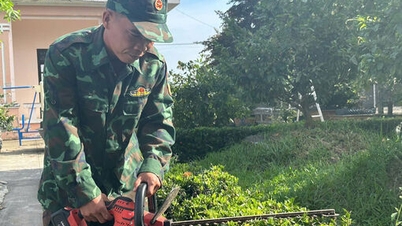








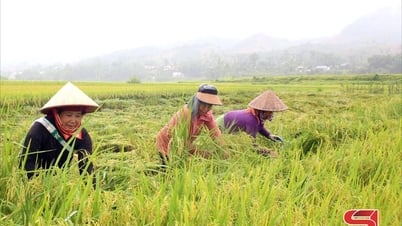
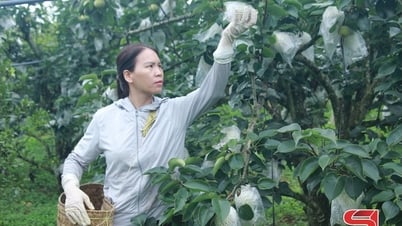






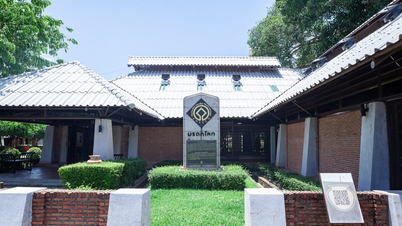
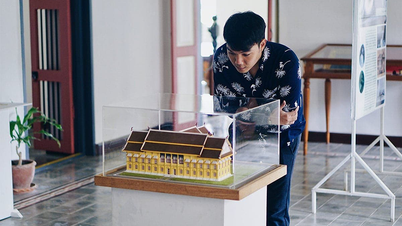

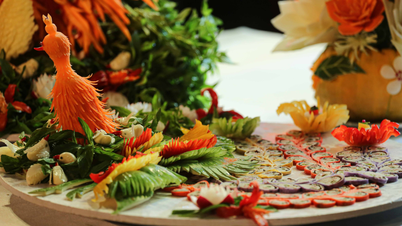
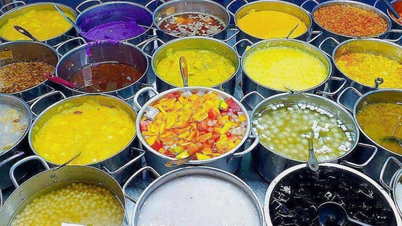






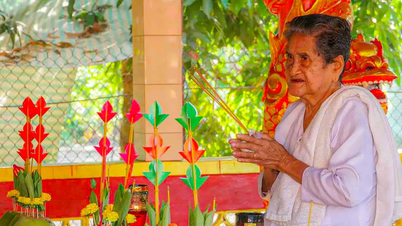






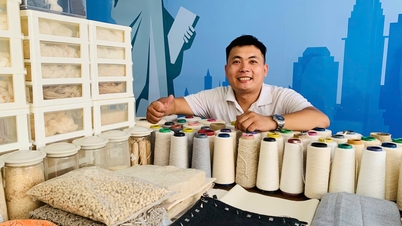

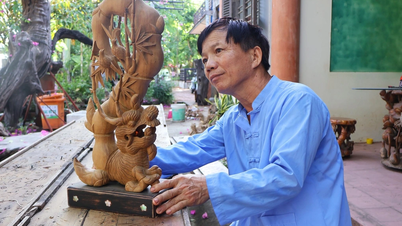



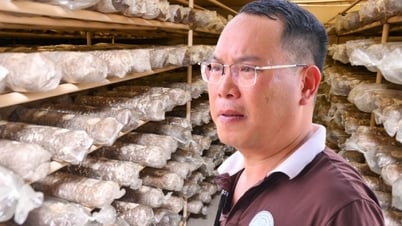















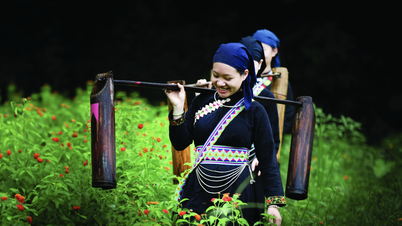

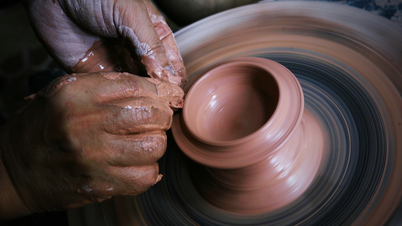














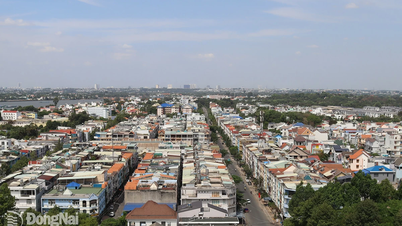



















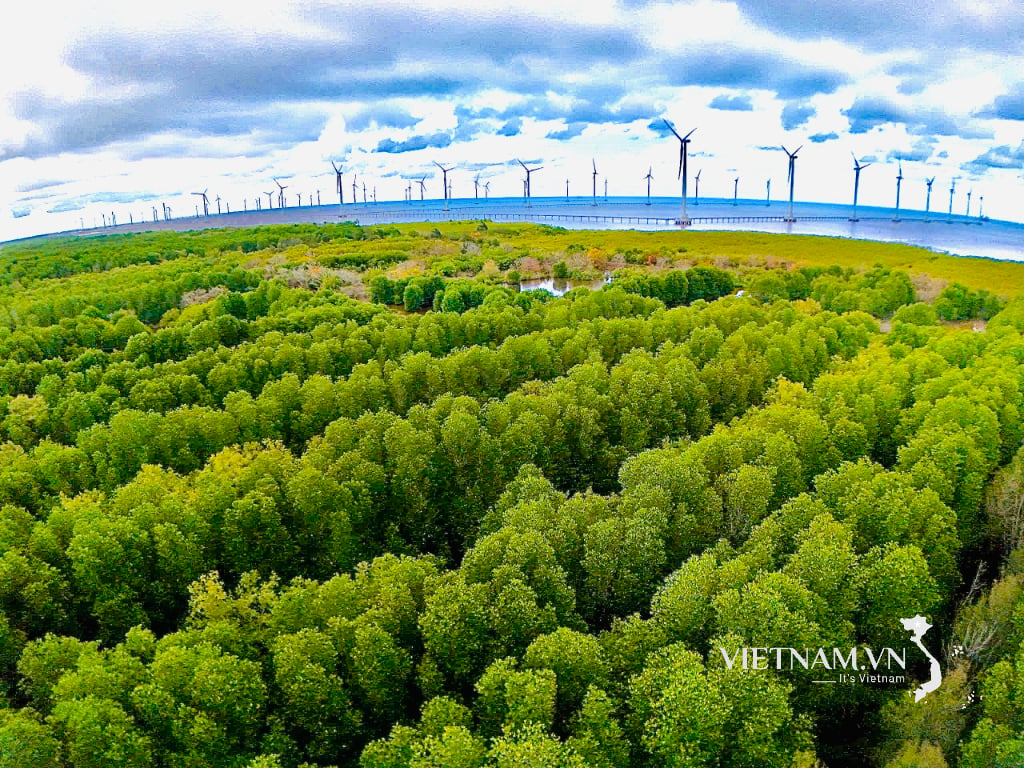

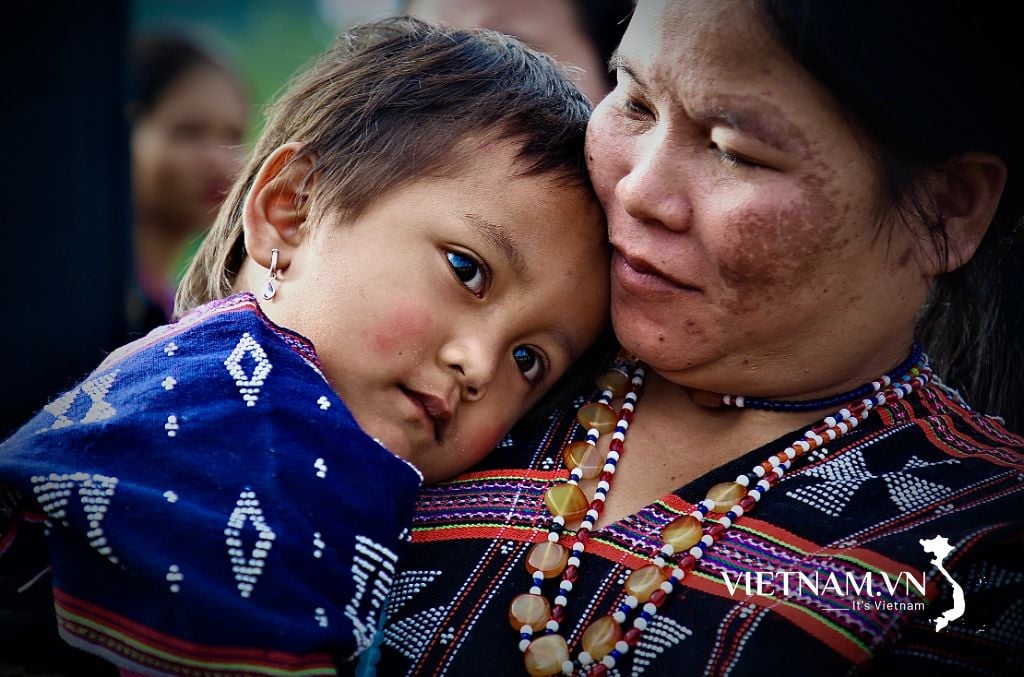
Comment (0)